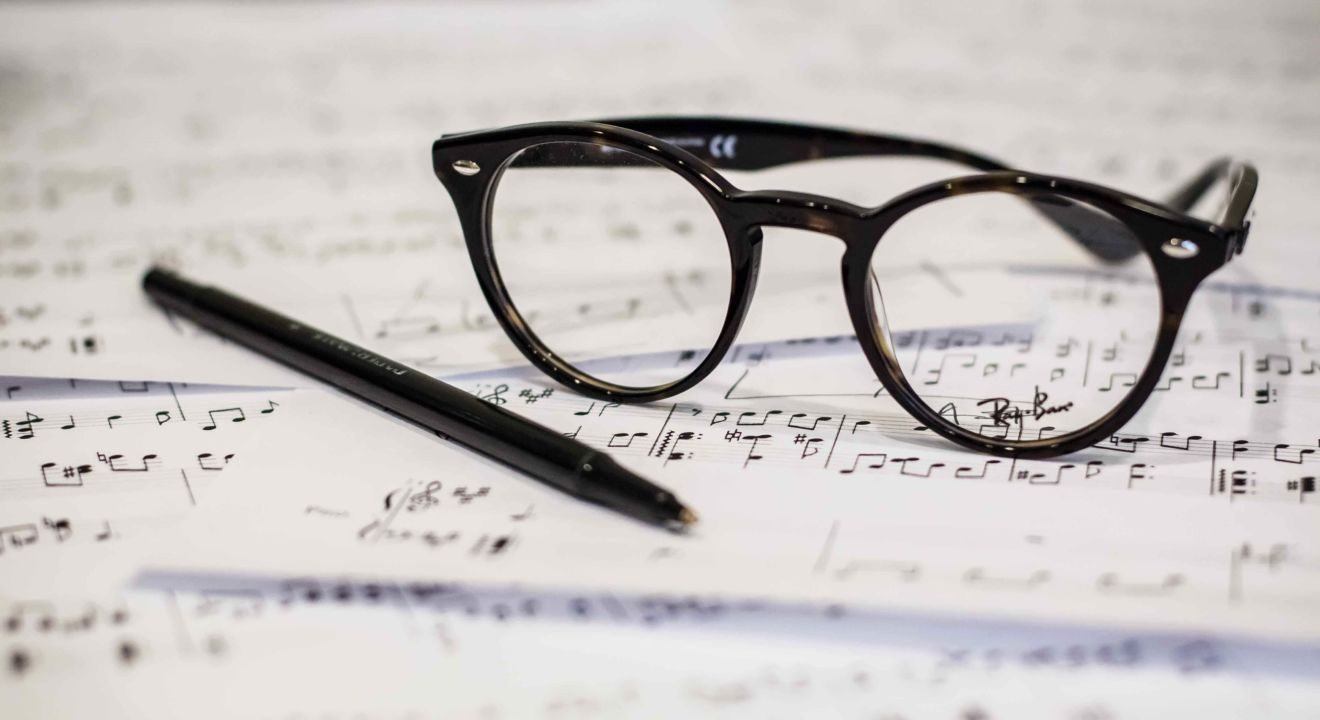Culture August 8, 2016


Taylor Swift. Beyoncé. Katy Perry. What do these women have in common? Besides having insane vocal skills and global celebrity statuses, these singers can probably read sheet music. Just like playing an instrument, singing requires sheet music so that singers can create the pitches and sounds intended by the composers.
Although many singers don’t initially know how to read sheet music, it’s an important skill to learn if you want to become a professional singer or, at least, a successful hobbyist.
If you know how to read sheet music, you’ll have an advantage over other beginners when learning to play a new instrument. Ready to hit all the right notes? Here is a collection of the basics of sheet music in a language that beginners can understand.
THE STAFF
The staff in sheet music is the lines in which notes are placed. How high or low these staffs are placed represents how high or low your pitch should be.
THE CLEFS
There are four types of clefs: treble clefs, bass clefs, alto clefs and tenor clefs, although treble and bass clefs are used most commonly. Treble clefs notate higher registers and pitches while bass clefs notate lower ones. For example, flutes and clarinets operate on treble clefs while tubas and bassoons operate on bass clefs.
THE NOTES
Now, get out your paper for a diagram! Notes are composed of three parts: heads, stems, and flags. The note head can either be blank or filled, which, along with the stem, helps indicate how long the note should be held. Also, where the note head is placed on the staff indicates the note’s pitch letter from A through G. The stem of a note indicates how long a note should be played. The difference between half notes, two beats, whole notes and four beats are the same since their heads are both blank. If you never used your math skills while singing, you need to start now! Quarter notes have one beat each, so four quarter notes have the same value as two half notes or one whole note. Note flags further indicate how long a note should be played.
There are other ways composers have devised to increase a note’s length. A dot that appears after a note indicates an additional beat that the note should be played for, almost as if the dot acts as an added-on quarter note. Ties, arcs that attach two notes, can also be used to hold a note longer.
Flags and bars, the opposite of dots and ties, shorten how long notes should be played. Flags appear at the top of a note stem and have various meanings: one flag on a stem indicates an eighth note, which is half of a quarter note and two flags indicate a sixteenth note, a quarter of a quarter note. Beams connect two notes in quick succession, much like flags do, but without the clutter that flags create in the written music. A beam is a couple of eighth notes, so each beam equals the same value as one quarter note. If two parallel beams connect two notes, the value of each note is that of a sixteenth note, a quarter of a quarter note.
THE RESTS
Now it’s time to give your mind a rest…and talk about “rests” in music! Rests signify intentional pauses between notes. Whole rests, like whole notes, have four beats while half rests have two. Quarter, eighth and sixteenth rests function in the same way that flags do and the values of their rests are the same as the values of the note’s hold.
THE METER
In music, meter refers to the beat, which is how musicians can stay in rhythm with one another despite playing different instruments that require different versions of sheet music. Bars separate measures, the space where the notes are arranged in the staff. Time signatures indicate how many beats are in a measure and the value of a single beat.
THE LETTERS
Since this is called “reading” music, some letters have to be involved! You know a note’s pitch by seeing which letter on the staff it rests on. Letters from A-G go in a slightly weird order: C-D-E-F-G-A-B-C, lower to higher pitches. Each letter goes one space higher on the staff. For example, a D rests just below the bottom of the staff and an E is placed on the bottom line of the staff, just above the D.
While each consecutive note is one step higher than the one preceding it, semitones are sort of hybrid notes that are only a half step higher. “Sharps” raise the pitch of a note half a step higher. For instance, a C sharp registers higher than a regular C but not as high as a D. “Flats” have the opposite effect of sharps and lower the pitch of a note half a step, so that an E flat is lower than an E but higher than a D. (To make remembering easy, just remember that “sharps” make notes higher and taller on the scale, just as “sharp” high heels make you taller!)
And that’s a wrap! Of course, even the basics include a lot of information. However, once you spend more time with the sheet music, you won’t have to refer to definitions or guides to help you understand this language. Why not find some sheet music and start singing?